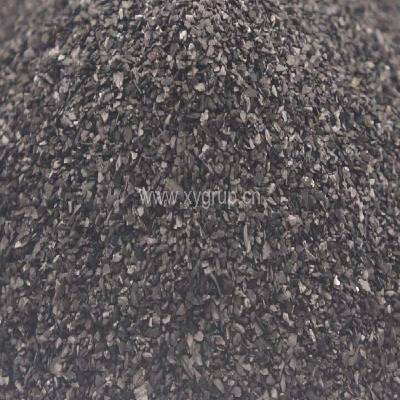Uses and Functions of Granular Activated Carbon
Granular activated carbon is widely used in chemical, food, medical, national defense and other fields because of its huge specific surface area, developed pore structure, high mechanical strength, acid and alkali resistance, and stable properties, especially in environmental protection issues. Activated Carbon has important research significance as a gas and liquid phase adsorbent to treat air pollution and water pollution. Granular activated carbon adsorbent is to use activated carbon's physical adsorption, chemical adsorption and oxidation catalysis to remove pollutants in the water and atmosphere.
As an efficient adsorbent for clean energy, granular activated carbon has provided greater economic benefits for the storage and transportation of clean energy such as natural gas and hydrogen.
Granular Activated Carbon is also widely used in gas purification: unpleasant odors in public or residential places, such as the smell of restaurant food, the smell of paper and sweat in libraries and offices, are unpleasant. Granular activated carbon can be used to purify indoor air.

Granular Activated Carbon
In the application of liquid phase adsorption, granular activated carbon is widely used in drinking water purification, industrial wastewater treatment, wine making, decolorization, deodorization, deodorization, desiccant, solvent recovery and other fields. For increasingly serious water pollution, it not only destroys the aquatic ecosystem, but also poses a major threat to human health and social economy.
Granular activated carbon has the advantages of strong adsorption performance, easy regeneration and repeated use. Among them, Chemical Activated Carbon can remove odorous substances and organic substances in water, such as benzene, phenol, chlorine, pesticides, detergents, trihalomethanes, etc. It can also effectively remove heavy metal ions such as silver, cadmium, copper, mercury, antimony, arsenic, bismuth, tin, lead, and chromate.
Granular activated carbon can also be used as a catalyst and its carrier, and is widely used in catalysis and electrochemistry. Granular activated carbon can catalyze the degradation of ozone, serve as a carrier for precious metal catalysts, and make super capacitors.











